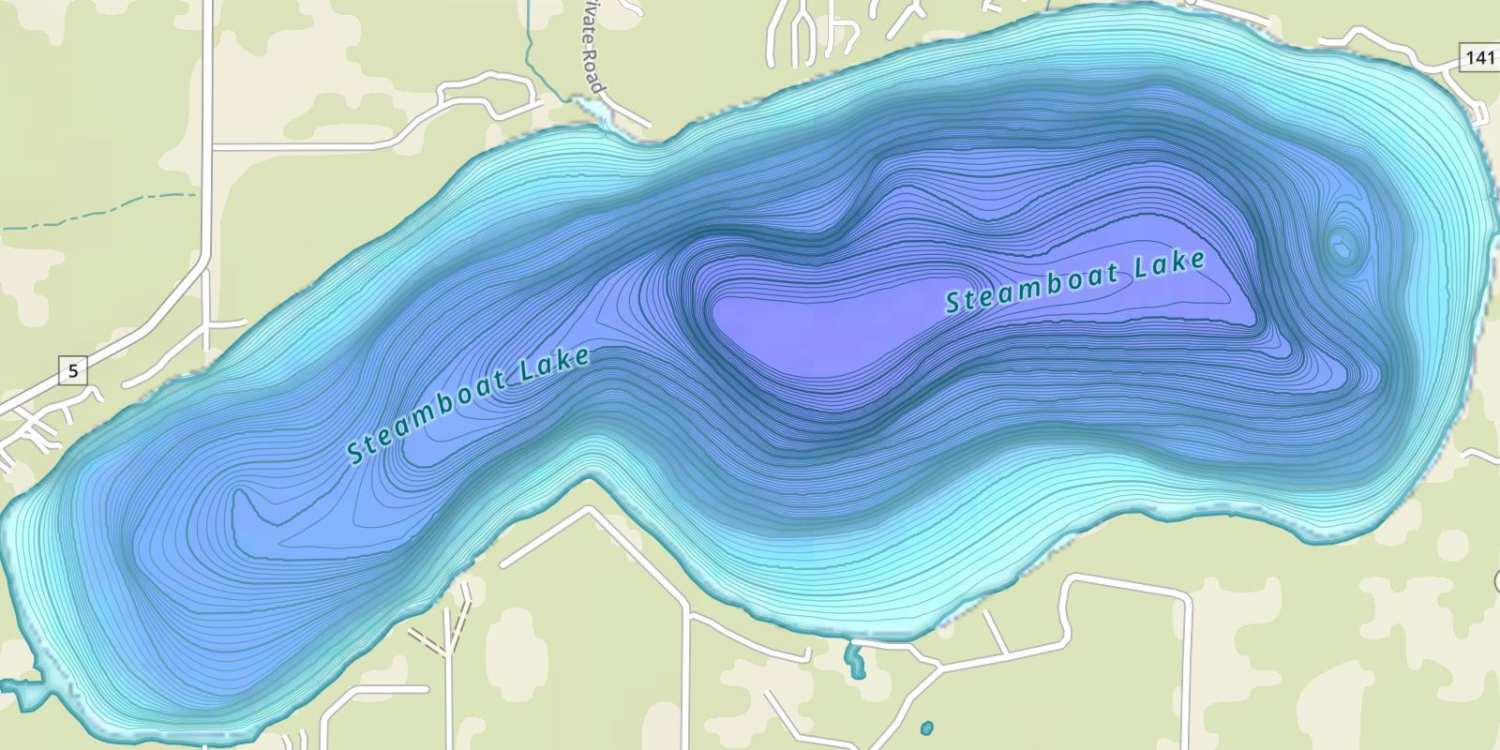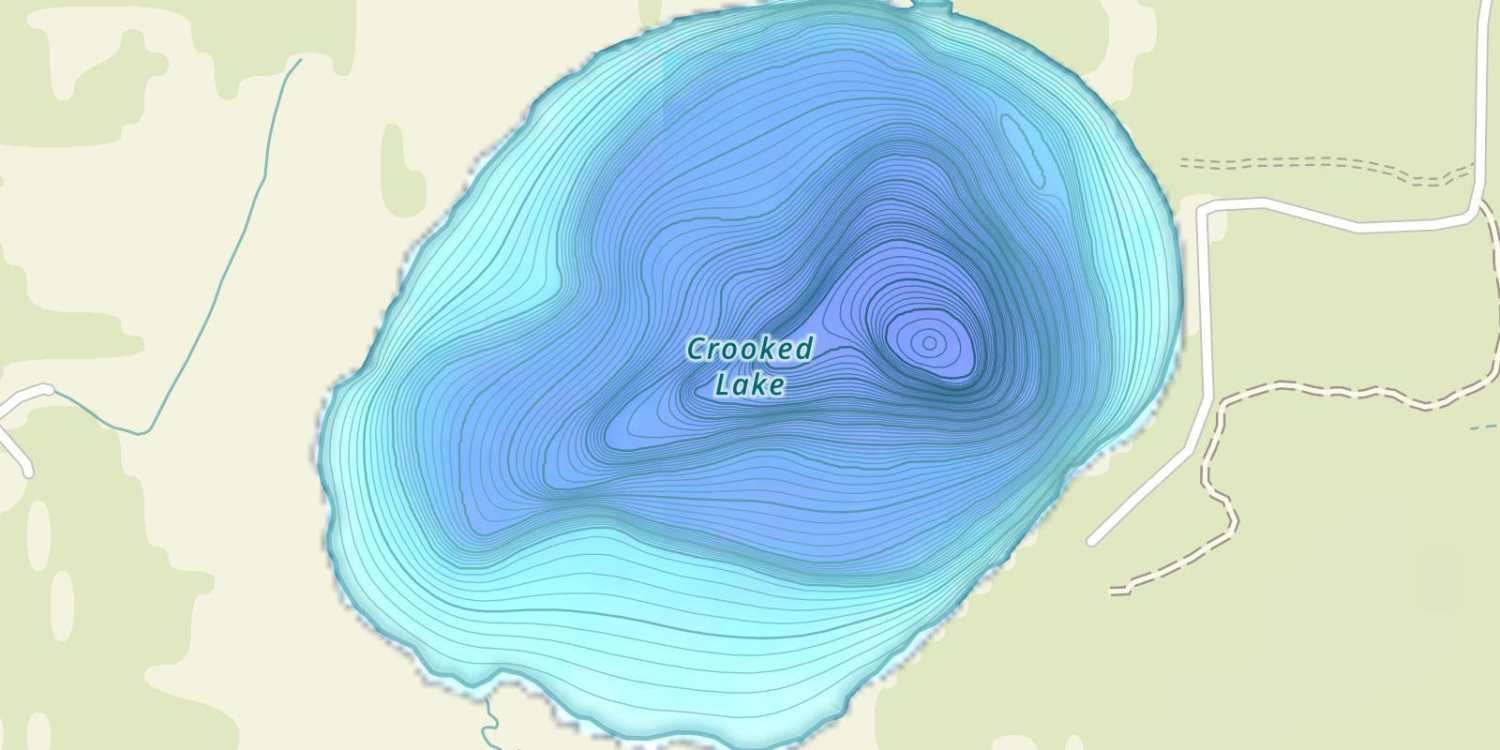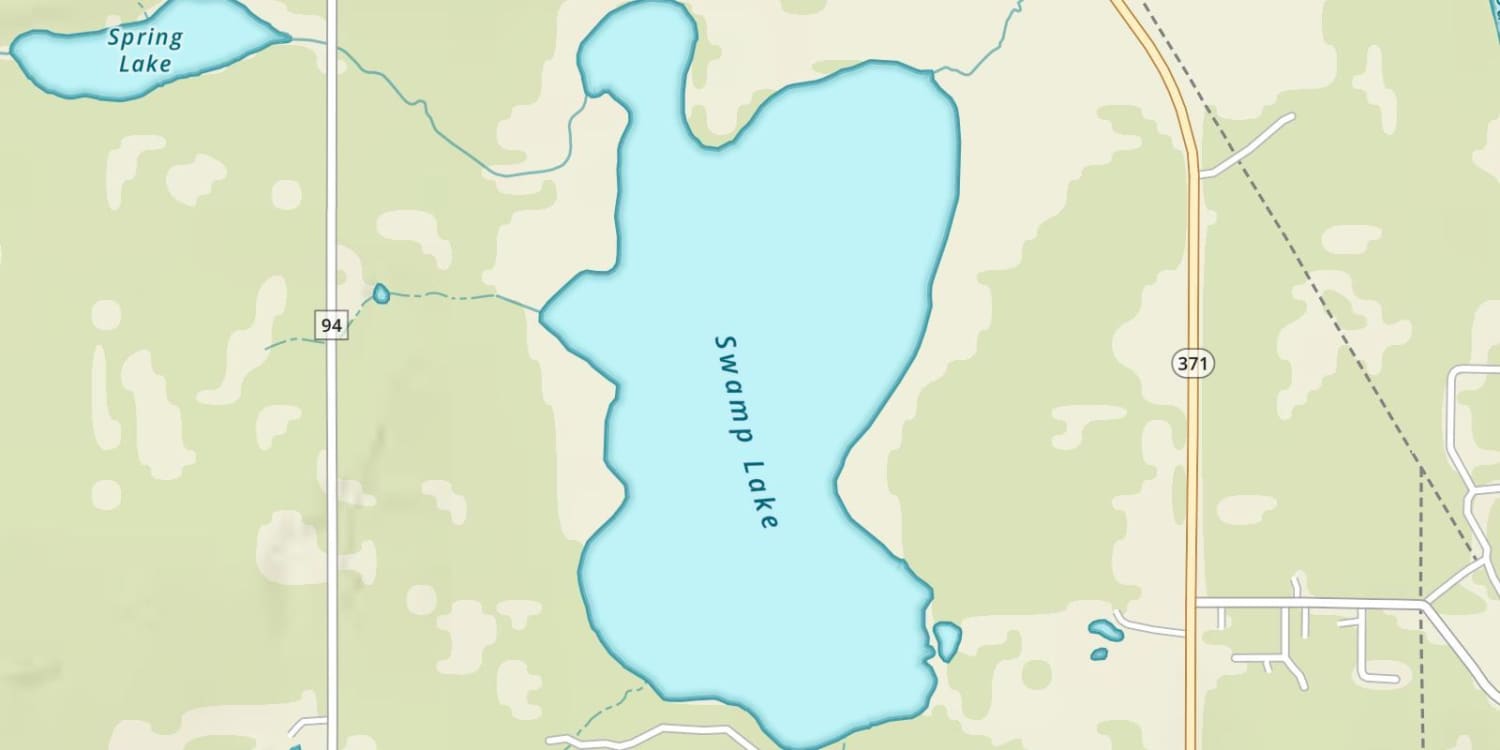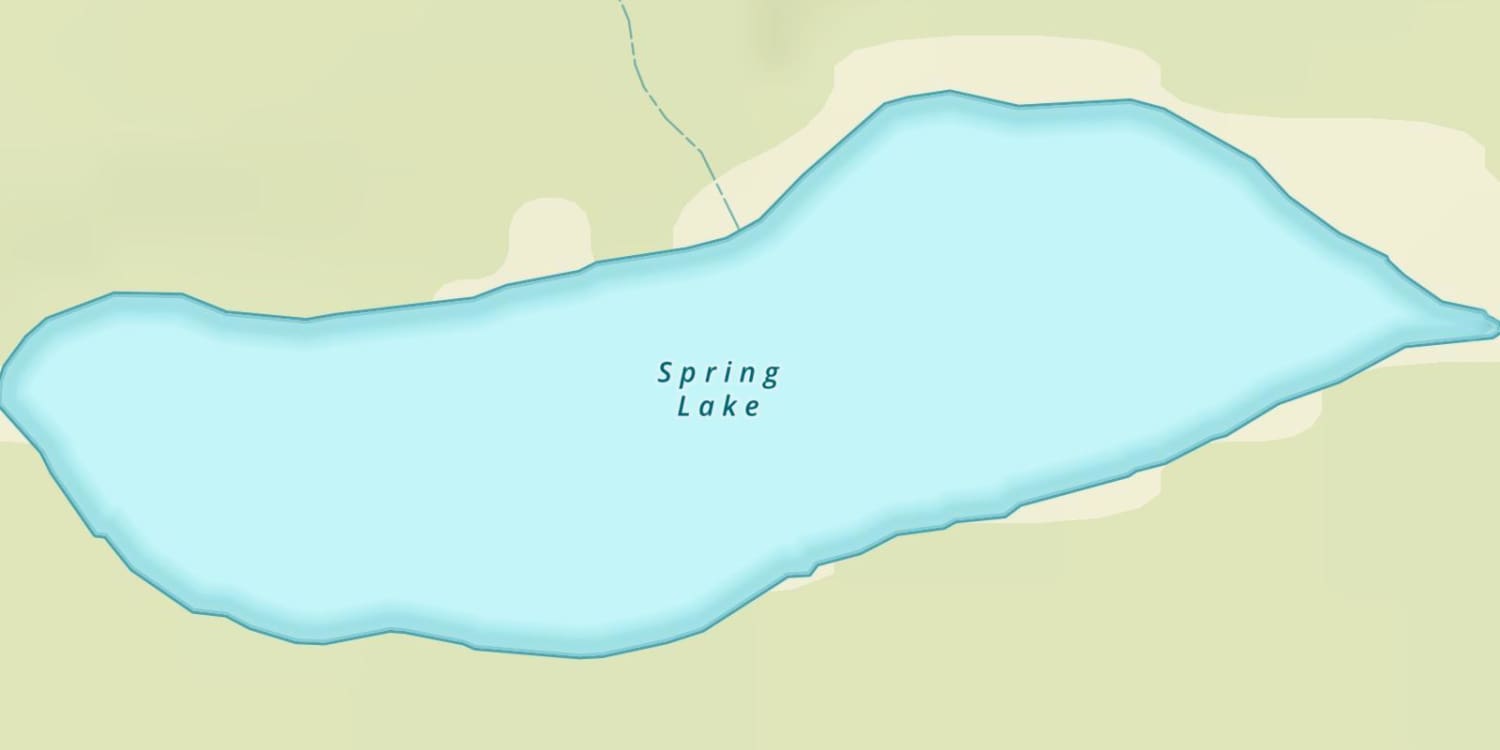Overview
At approximately 112,835 acres, Leech Lake is the third largest lake within the boundaries of Minnesota. Most of the lake is within the boundaries of both the Chippewa National Forest and the Leech Lake Indian Reservation. Its fertile waters harbors some of the best musky and walleye fishing in the Midwest and attracts a lot of visitors throughout the year. Leech Lake has many bays, weedbeds, steep drop-offs and mid-lake structures that offers plenty of fishing opportunities for all anglers. Northern pike, perch, largemouth bass, panfish, eeloput and ciscoes round off the fantastic fishery in Leech Lake. The Leech Lake Chamber of Commerce, North Star Sportsmen’s Club, Leech Lake Association, Leech Lake Reservation Business Committee and the Minnesota Department of Natural Resources support a voluntary catch-and-release program. It’s aimed to protect and preserve the quality of fishing that Leech Lake has been famous for. It is also the source of the Leech Lake strain of spotted musky, which has been stocked throughout Minnesota. During mid-February, the International Eelpout Festival is held on Leech Lake. During this popular three-day festival it is not uncommon to have up to 10,000 anglers on the ice pursuing the elusive eelpout. Buoys mark safe navigation channels and hazards throughout Leech Lake. Because of the narrow boating channel through Leech River Bay, the U.S. Army Corps of Engineers has enacted the following special boating regulations: 1. Boaters shall close their throttles and proceed at no-wake speed whenever meeting another boat in the channel. 2. Fishing is not permitted in the river channel at any time. 3. Boaters shall not pass on curves at any time. 4. A slower boat may only be passed if it pulls over and signals the faster boat to pass. Except for Walker Bay, the main lake basin west of Walker Narrows is fairly shallow and can become rough without much warning. Anglers are advised to pay close attention to changing weather and wind conditions.
Steamboat River Map
Features
Forage
Seasonal Movements


Get Your Line in the Right Water
Quickly find the best places to fish and plan your day right.
Fish Species
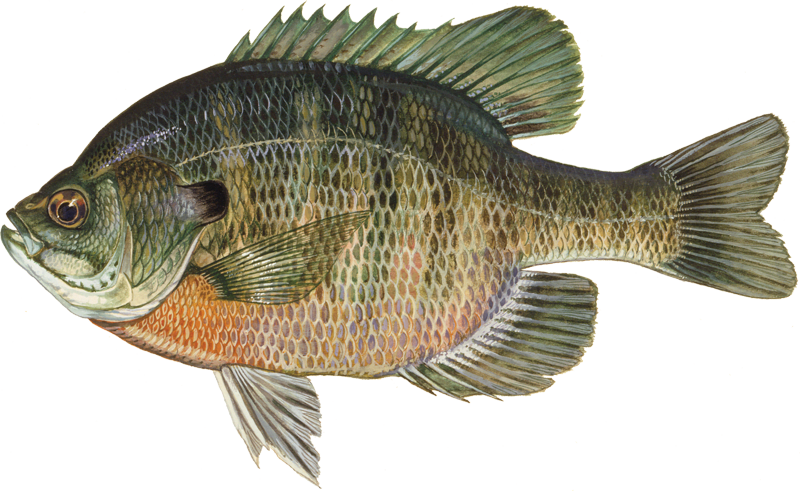
Abundance ratings are based on Catch Per Unit Effort (CPUE) measurements conducted by the MN DNR, and represent a snapshot of a species population at a given point in time.
Source: Minnesota Department of Natural Resources. Survey cadence may vary by state and water body.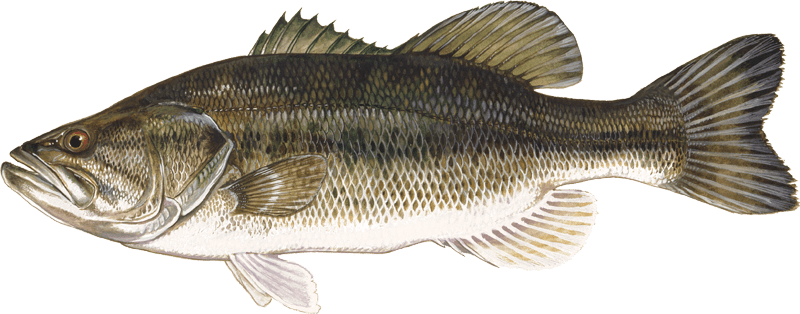
Abundance ratings are based on Catch Per Unit Effort (CPUE) measurements conducted by the MN DNR, and represent a snapshot of a species population at a given point in time.
Source: Minnesota Department of Natural Resources. Survey cadence may vary by state and water body.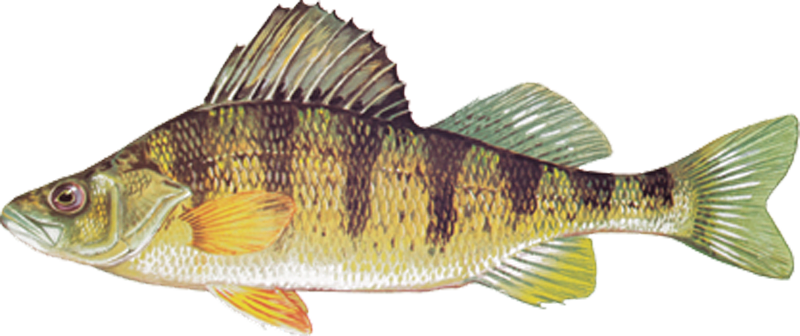
Abundance ratings are based on Catch Per Unit Effort (CPUE) measurements conducted by the MN DNR, and represent a snapshot of a species population at a given point in time.
Source: Minnesota Department of Natural Resources. Survey cadence may vary by state and water body.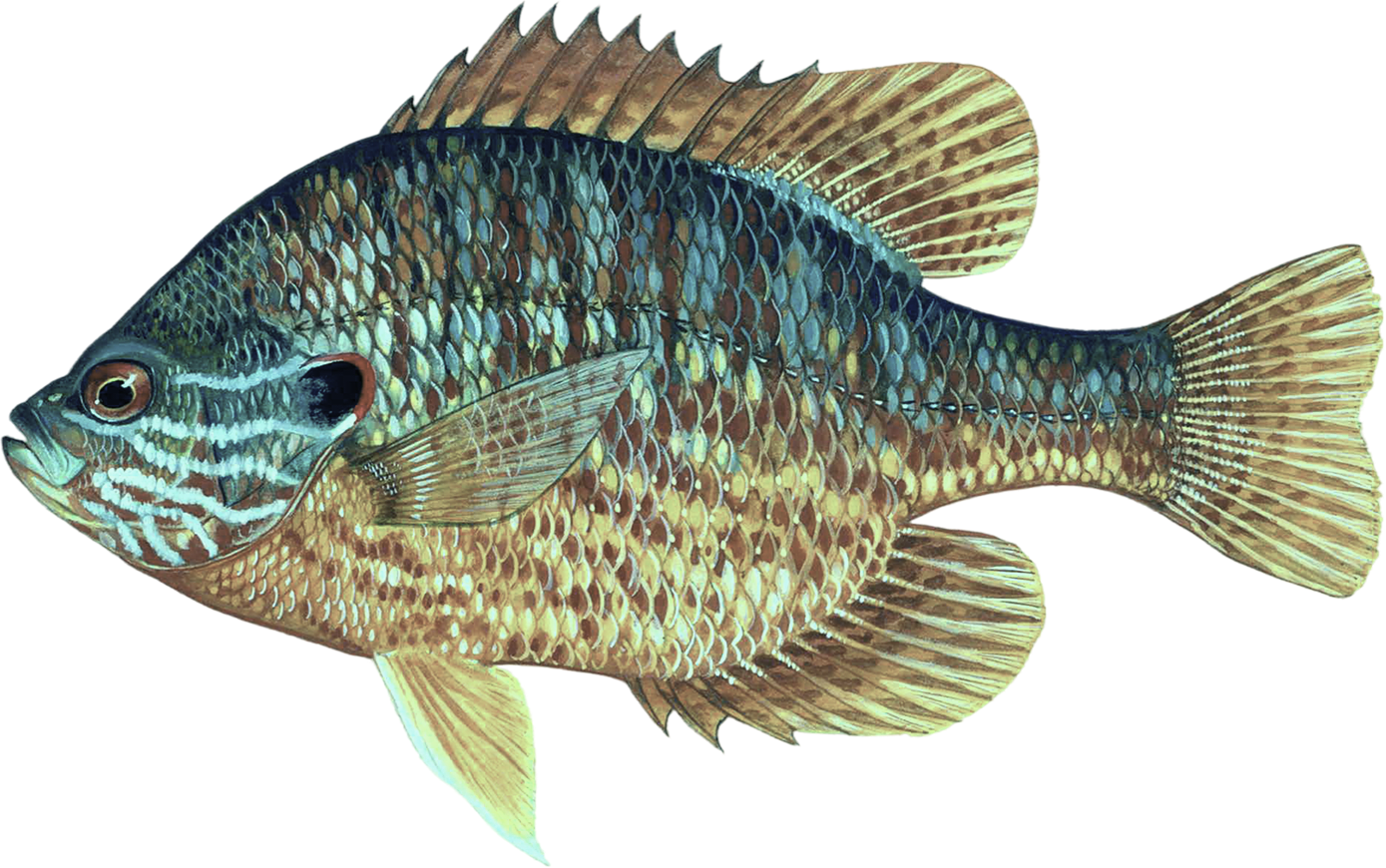
Abundance ratings are based on Catch Per Unit Effort (CPUE) measurements conducted by the MN DNR, and represent a snapshot of a species population at a given point in time.
Source: Minnesota Department of Natural Resources. Survey cadence may vary by state and water body.
